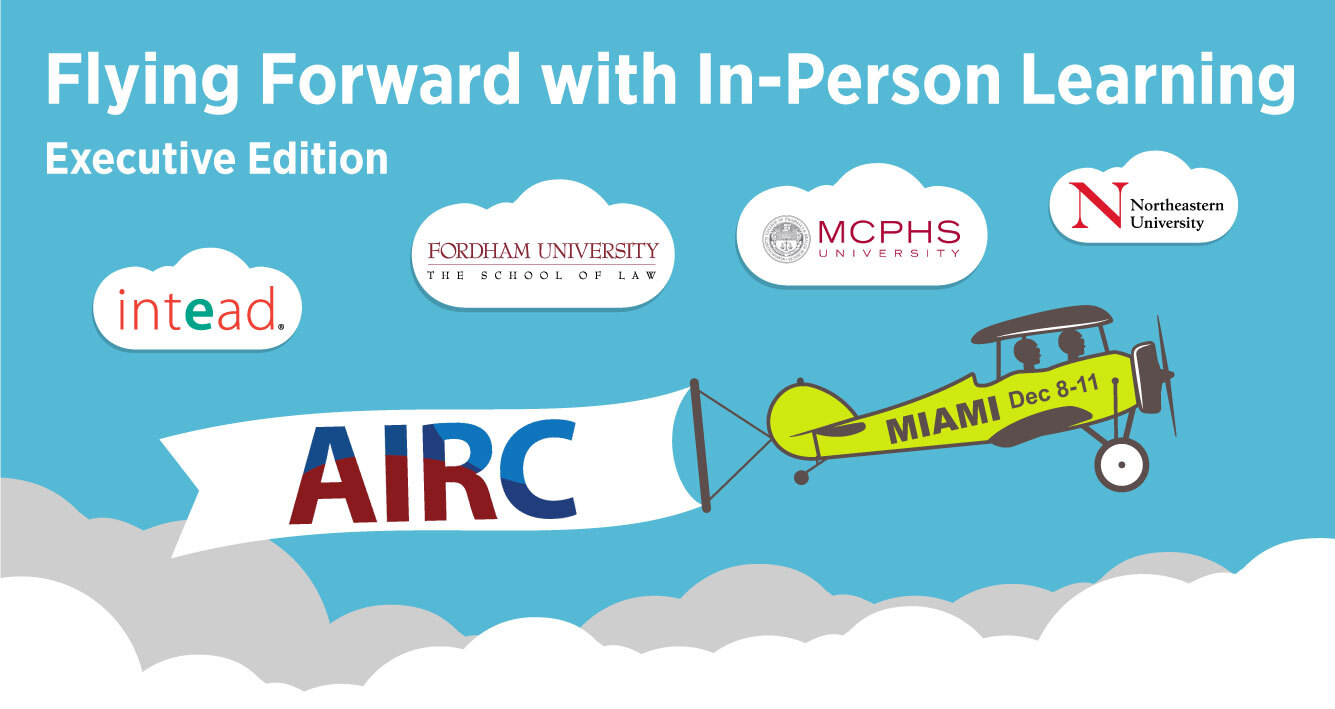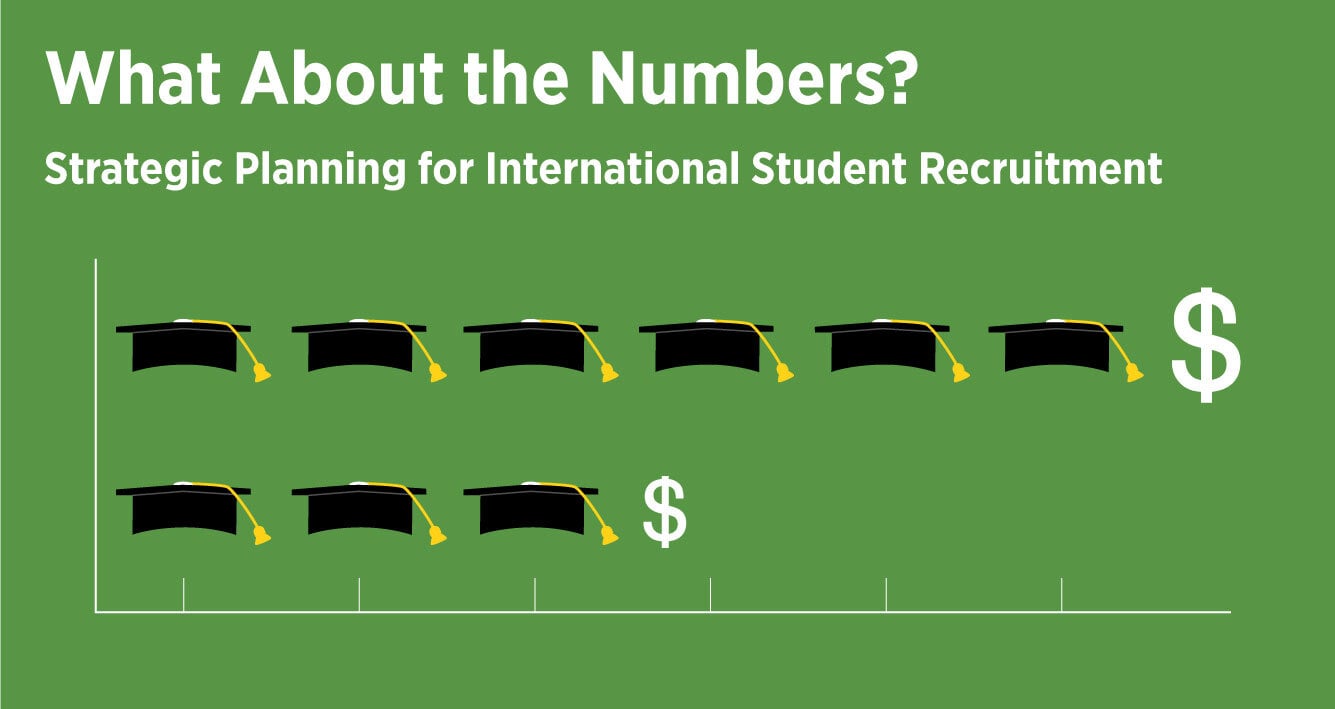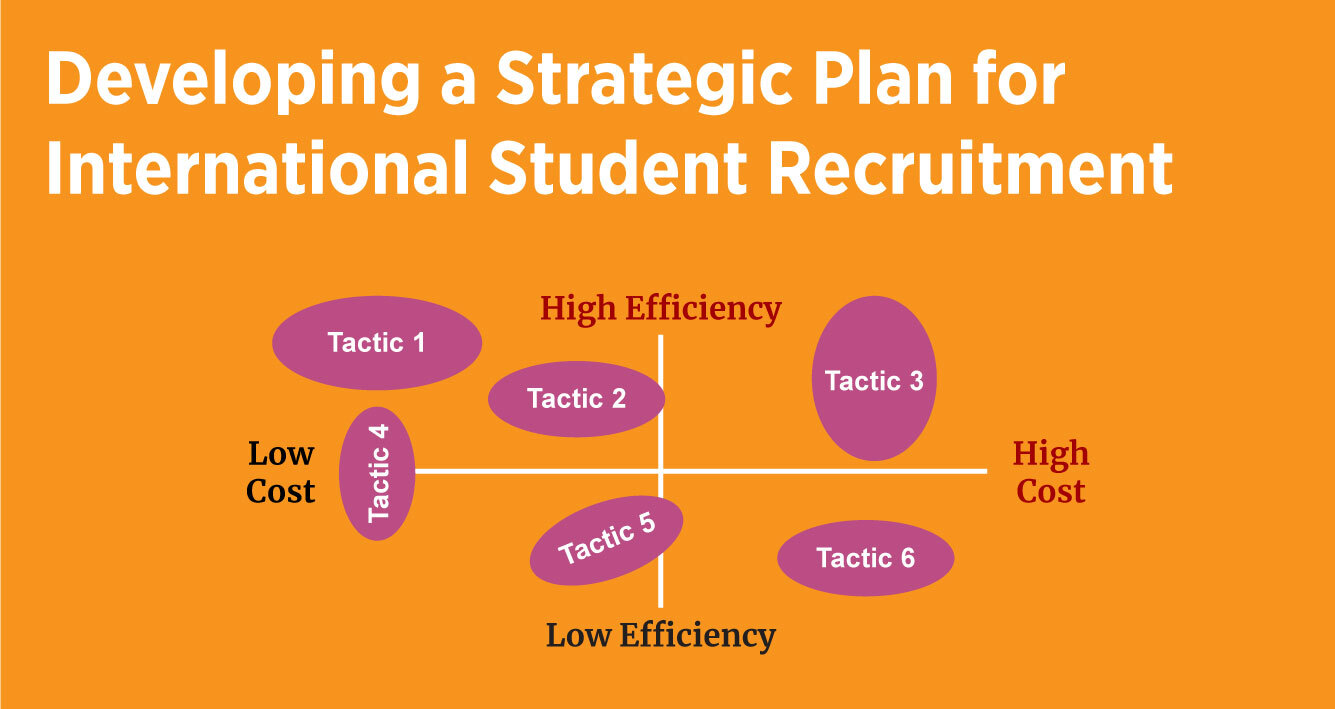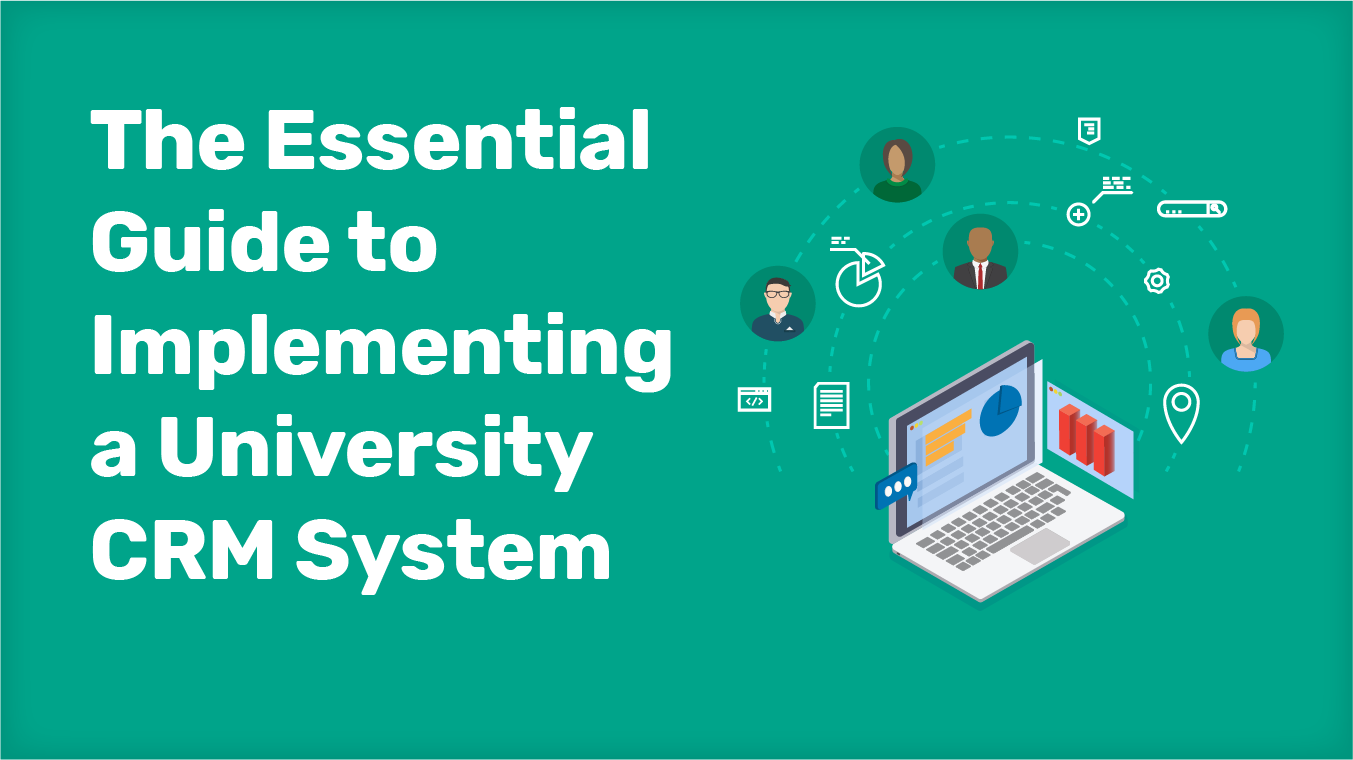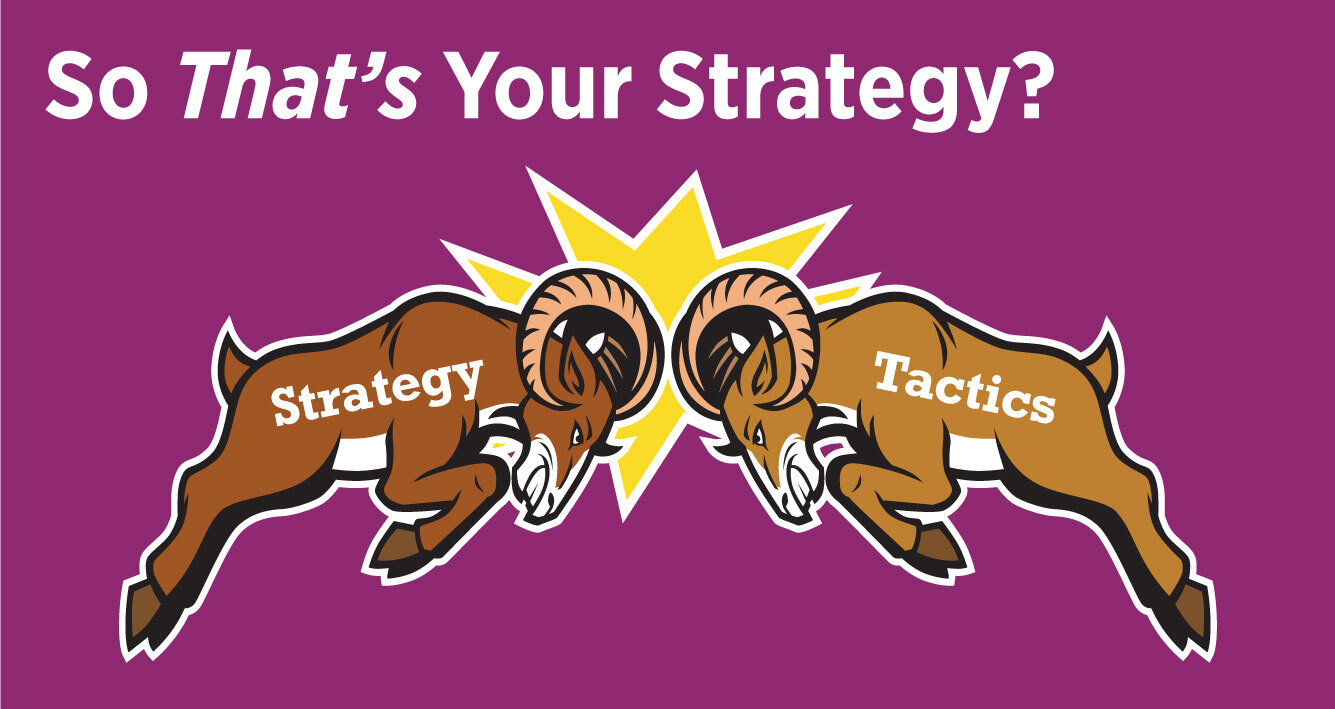Let’s get a sneak peek at what the Intead team has in store for our fellow AIRC conference colleagues this year. A powerful group of student enrollment professionals will be gathering in Miami in just a few days. We can’t wait!
At this year’s AIRC conference (Miami, Dec 8-11), I will be sharing what we have learned recently through our work with three outstanding institutions. Our two conference session presentations this year speak to getting students to become aware of, and engaged by, the specific learning opportunities your institution offers. We hope you can join us.
- Finding and Managing Brand Ambassadors for Recruitment
- Intead with Northeastern University’s Kirsten Feddersen, Senior Director of International Enrollment Management. This one is truly a cutting edge take on influencer marketing and Gen Z attraction.
- Innovative Recruiting Approaches for Specialty Grad Programs
- Intead with Fordham Law School’s Toni Jaeger-Fine, Assistant Dean of International and Non-J.D. Programs and Massachusetts College of Pharmacy and Health Sciences’ Ita Duron, Executive Director of Global Strategies & International Programs. This one looks at a range of creative student recruiting alternatives to digital campaigns.
We are all eager for first-hand experiential learning opportunities and we complement that with the welcome release of the latest data from IIE’s Open Doors, NAFSA’s economic impact analysis, Common App's data, and the National Clearinghouse’s enrollment numbers that help inform the marketing magic that underpins our work here at Intead.
Read on for a bit of pre-conference insight into why these two conference session presentations rose to the top of our list this year.
Read More

